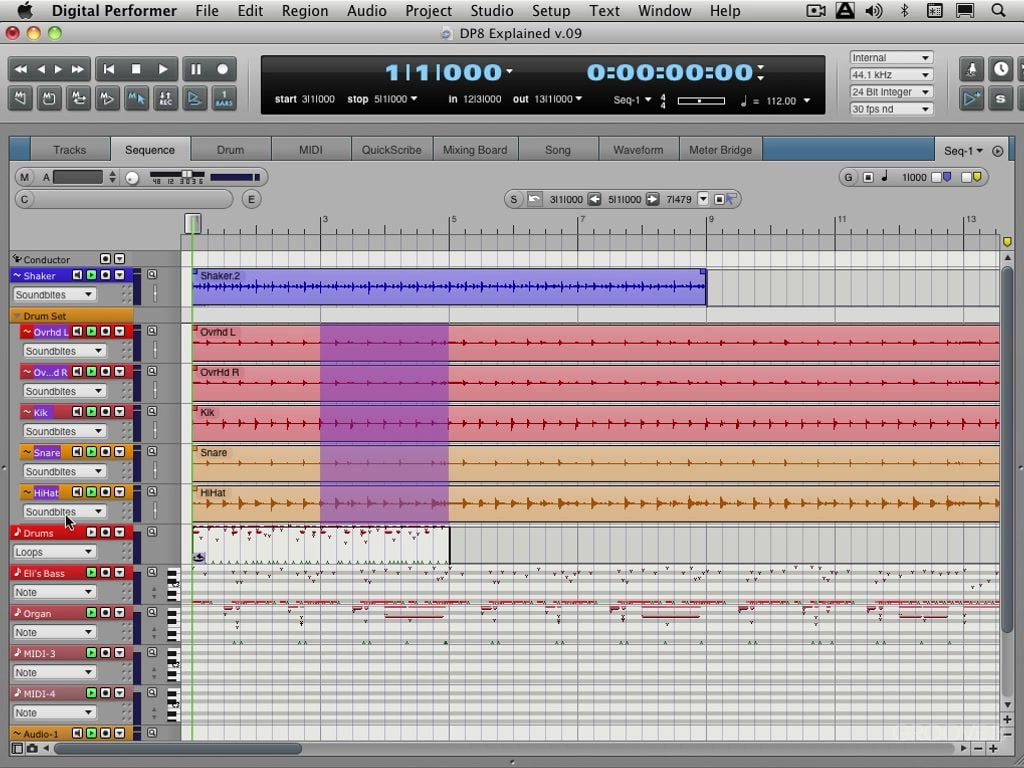

#Digital performer 7 tutorials manual#
And bearing in mind that the original GFX100, with a phase detect AF system, was released the same year as the X1D II, it was a big ask to accept a camera system that in many cases was unusable unless you opted for manual focus. The single biggest issue with the X1D series was its molasses-slow contrast detect AF. Hasselblad X2D + Hasselblad XCD 2,5/55V (Image credit: James Artaius) Hasselblad X2D 100C: PerformanceĪs somebody who loved the X1D II, but simply couldn't fall in love with it due to its various shortcomings and sluggishness, I am supremely happy to say that the Hasselblad X2D is the love letter from Sweden I've been waiting for. And, unlike the choppily patched X1D II, that functionality won't be introduced by firmware at a later date. Remember the "bar one" thing we mentioned at the top of this review? Well, the Hasselblad X2D fails to outdo its predecessor (or its rivals) in one department: it has no video capability whatsoever. One of the most significant features for the Hasselblad X2D is the implementation of hybrid phase detect autofocus, which features 294 zones and around 89% coverage. The three newly launched X System lenses – the Hasselblad XCD 2,5/38V (opens in new tab), Hasselblad XCD 2,5/55V (opens in new tab) and Hasselblad XCD 2,5/90V (opens in new tab) – all feature a new autofocus module that works in tandem with the new AF system to deliver faster focusing speeds. This acts as a "second memory card" to complement the new CFexpress Type B slot, which currently supports cards up to 512GB.

The X2D also comes with 1TB of internal storage, capable of holding around 4,700 RAW files.
#Digital performer 7 tutorials full#
Hasselblad has also engineered its own in-body image stabilization (IBIS) system that offers 5-axis correction and a remarkable 7 stops of compensation – a full stop more than the GFX 100S. Packing a 100MP medium format back-side illuminated image sensor (yes, the same one that's in the Fujifilm GFX100 (opens in new tab) and Fujifilm GFX100S (opens in new tab)), the Hasselblad X2D delivers 15 stops of dynamic range and native 16-bit color depth (a step up from the X1D II, which was 14-bit remapped to 16-bit).


 0 kommentar(er)
0 kommentar(er)
